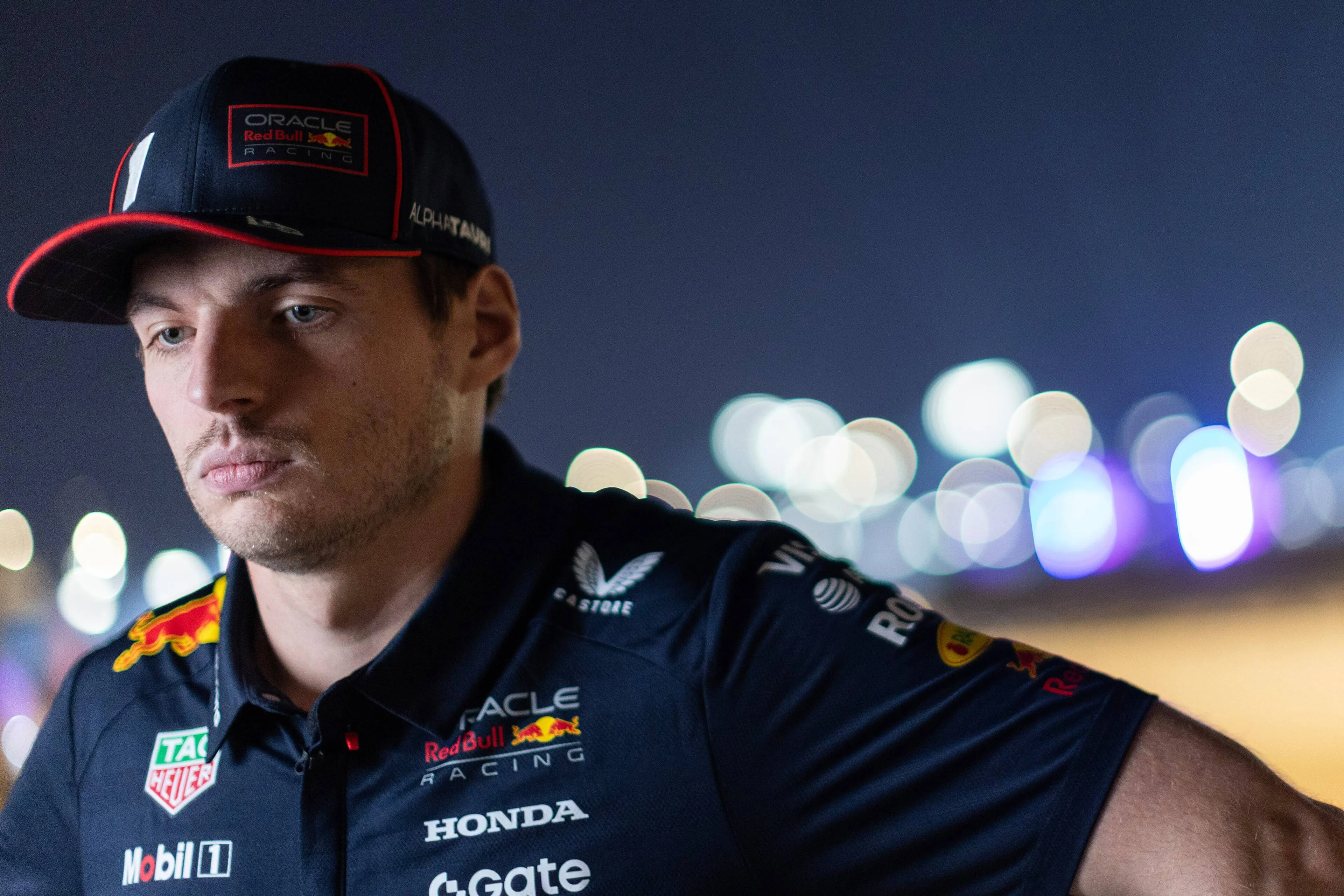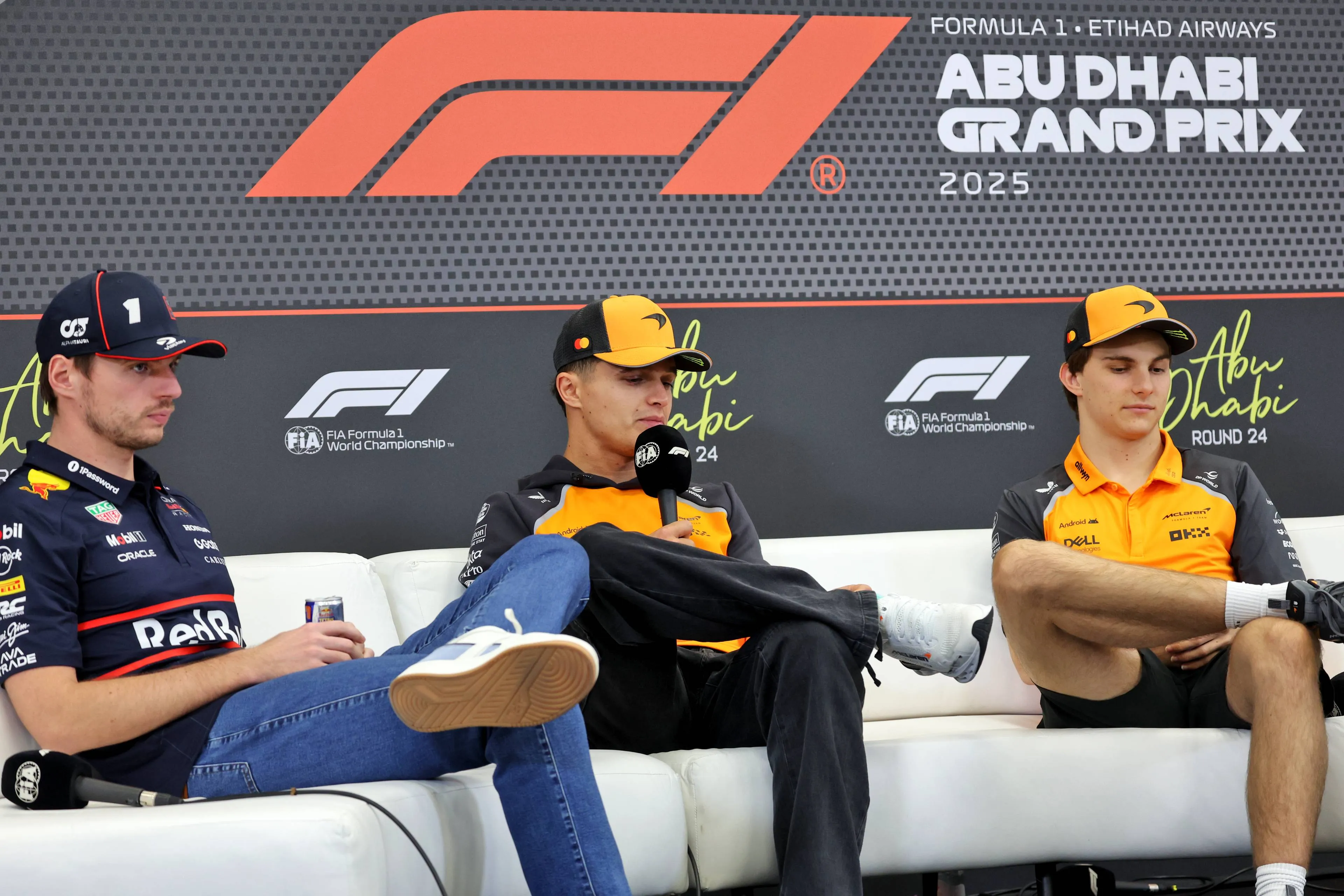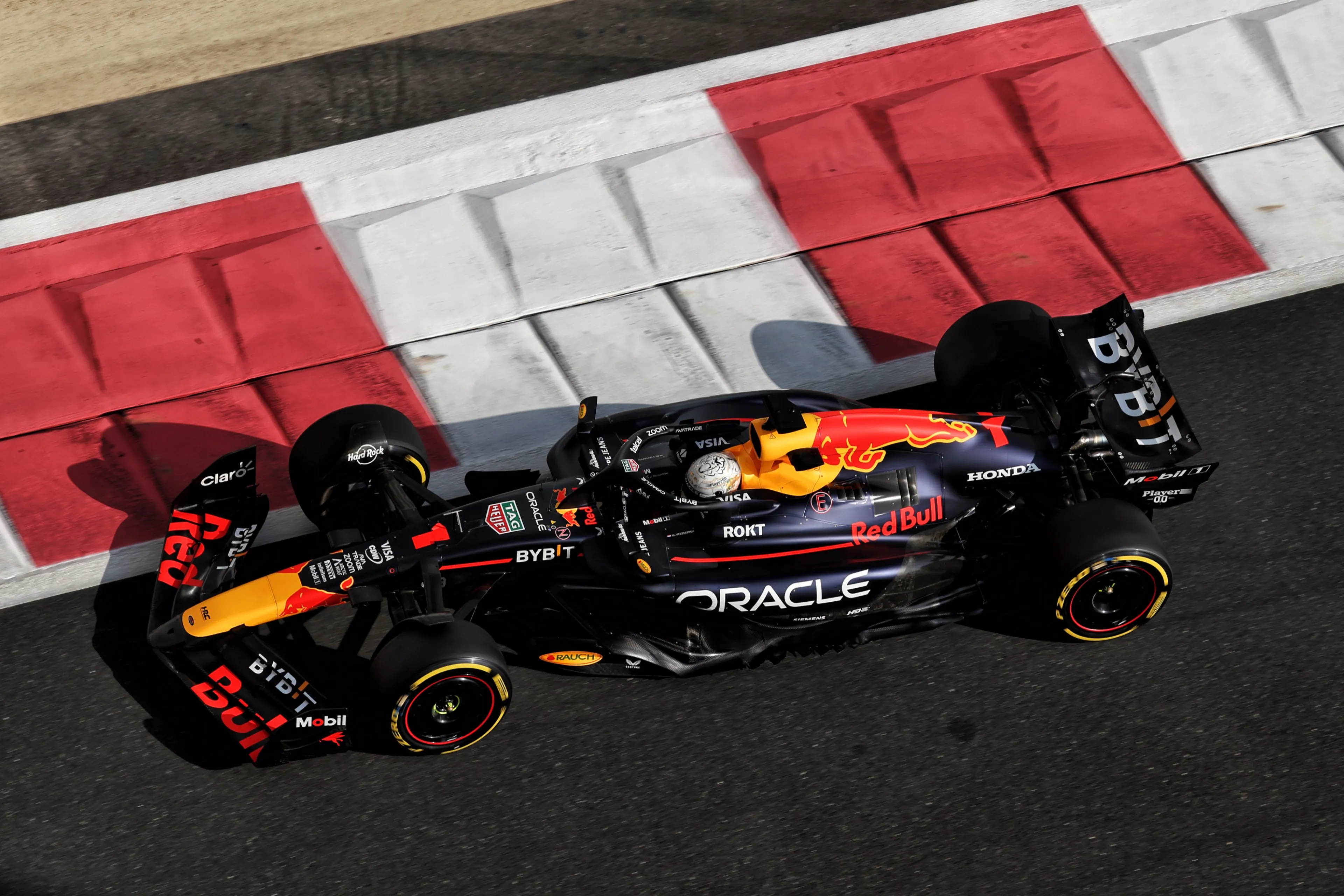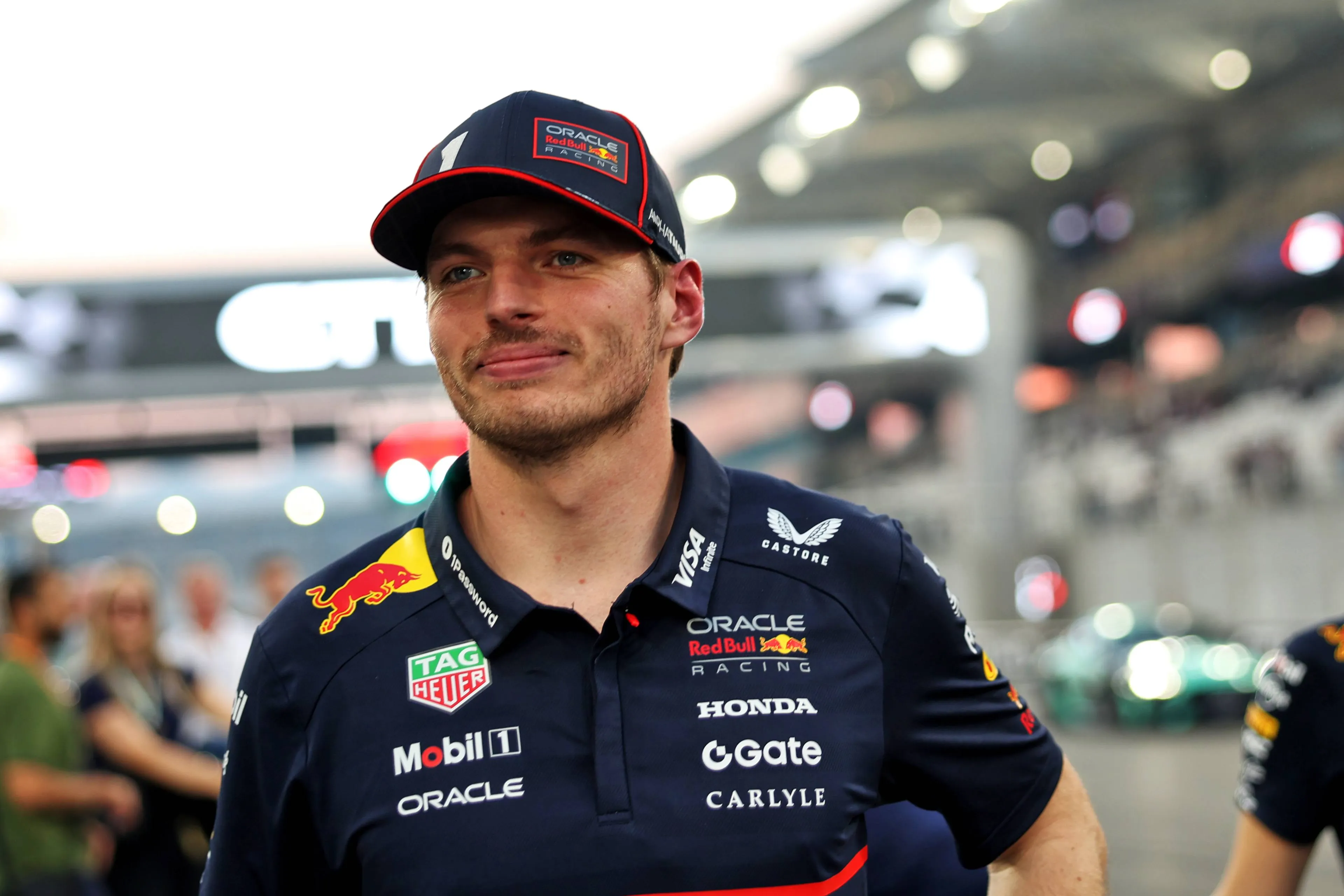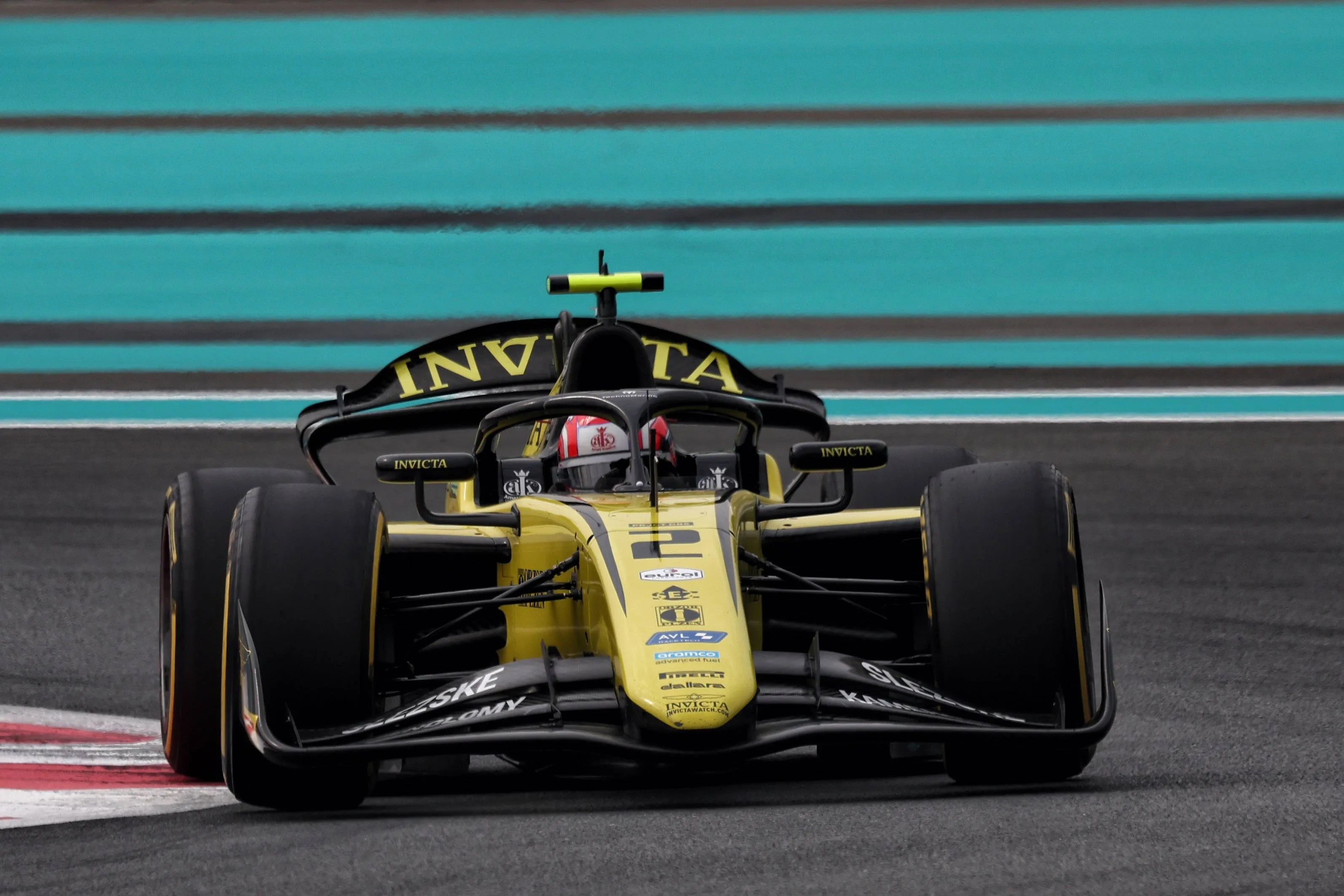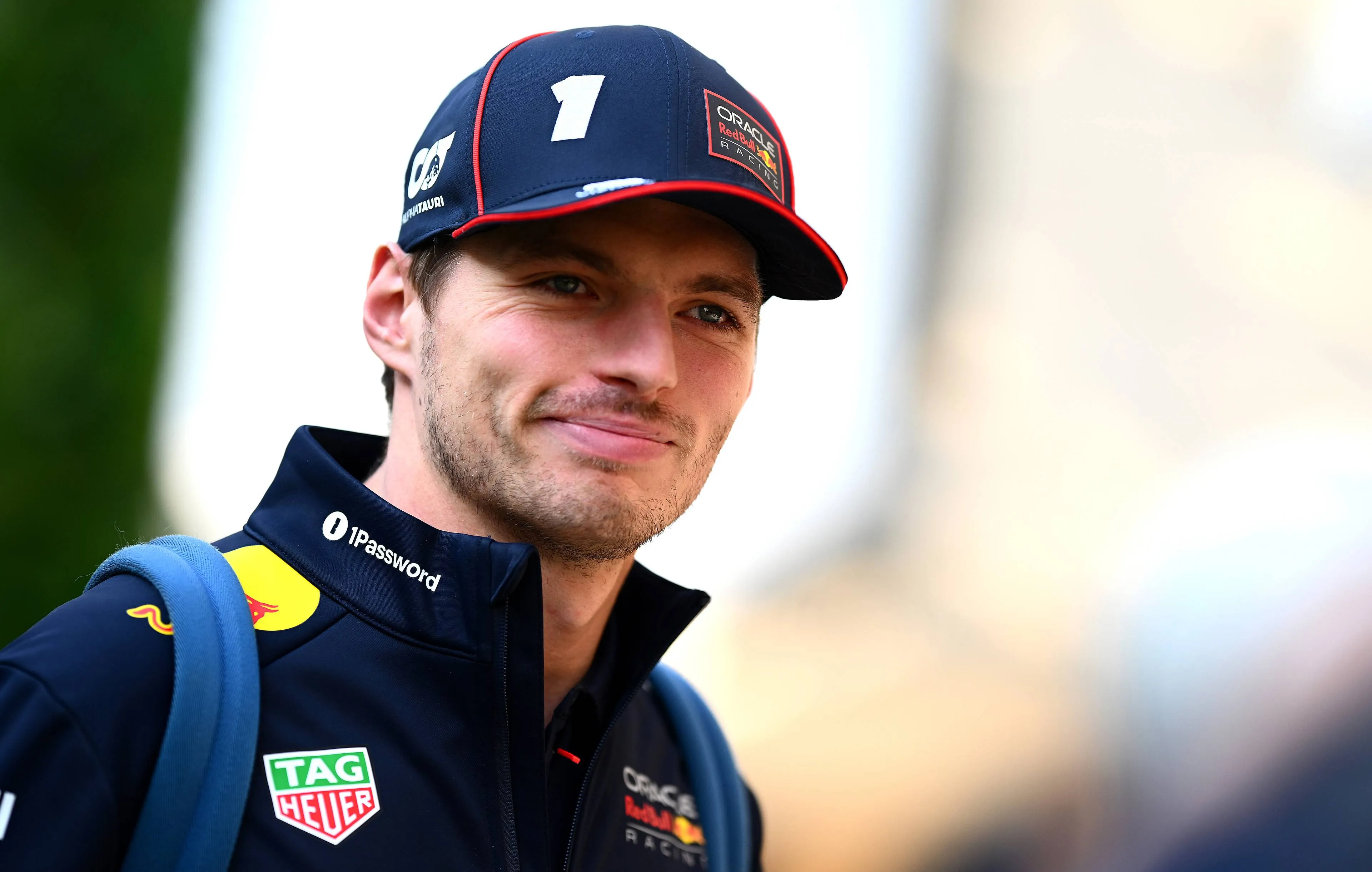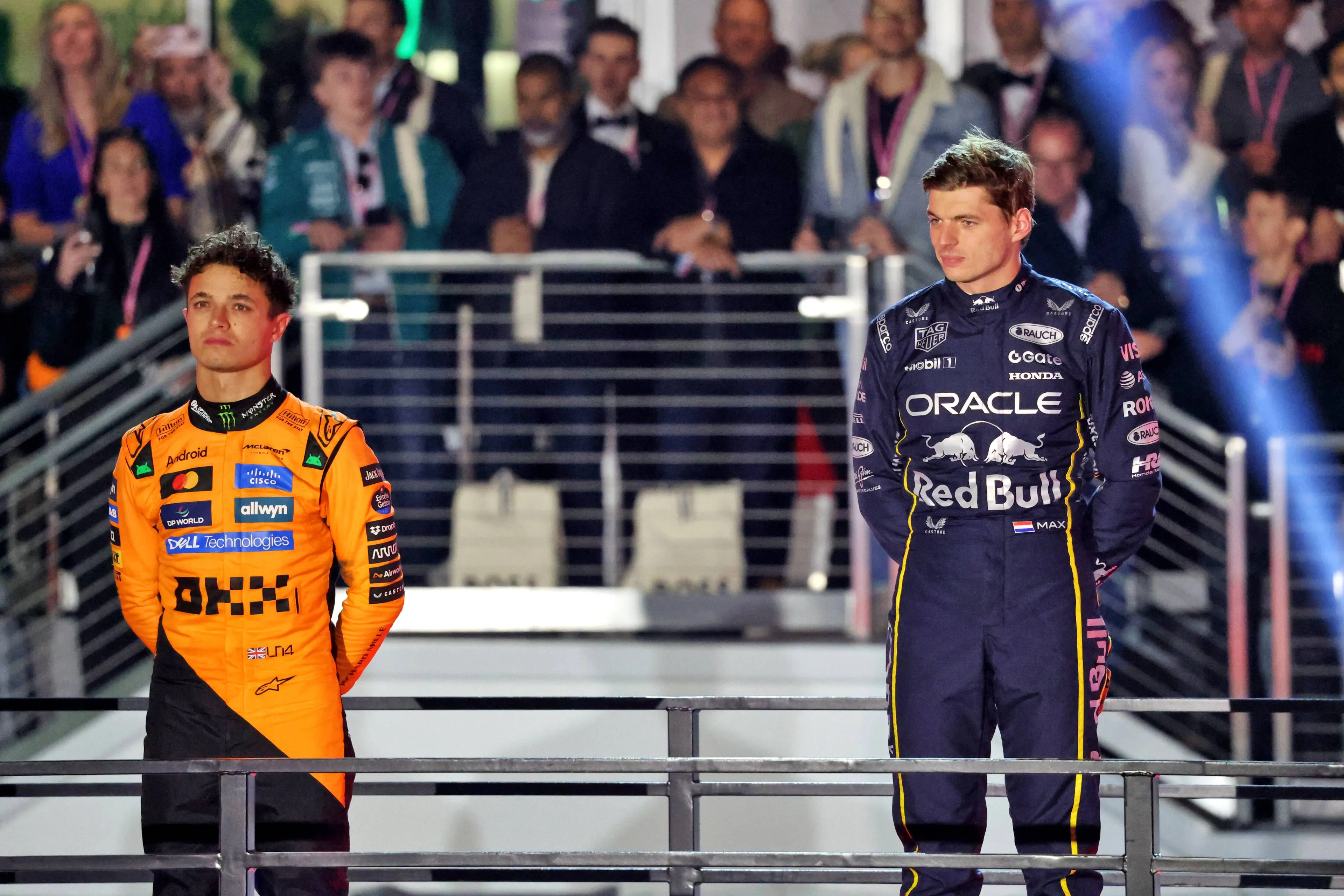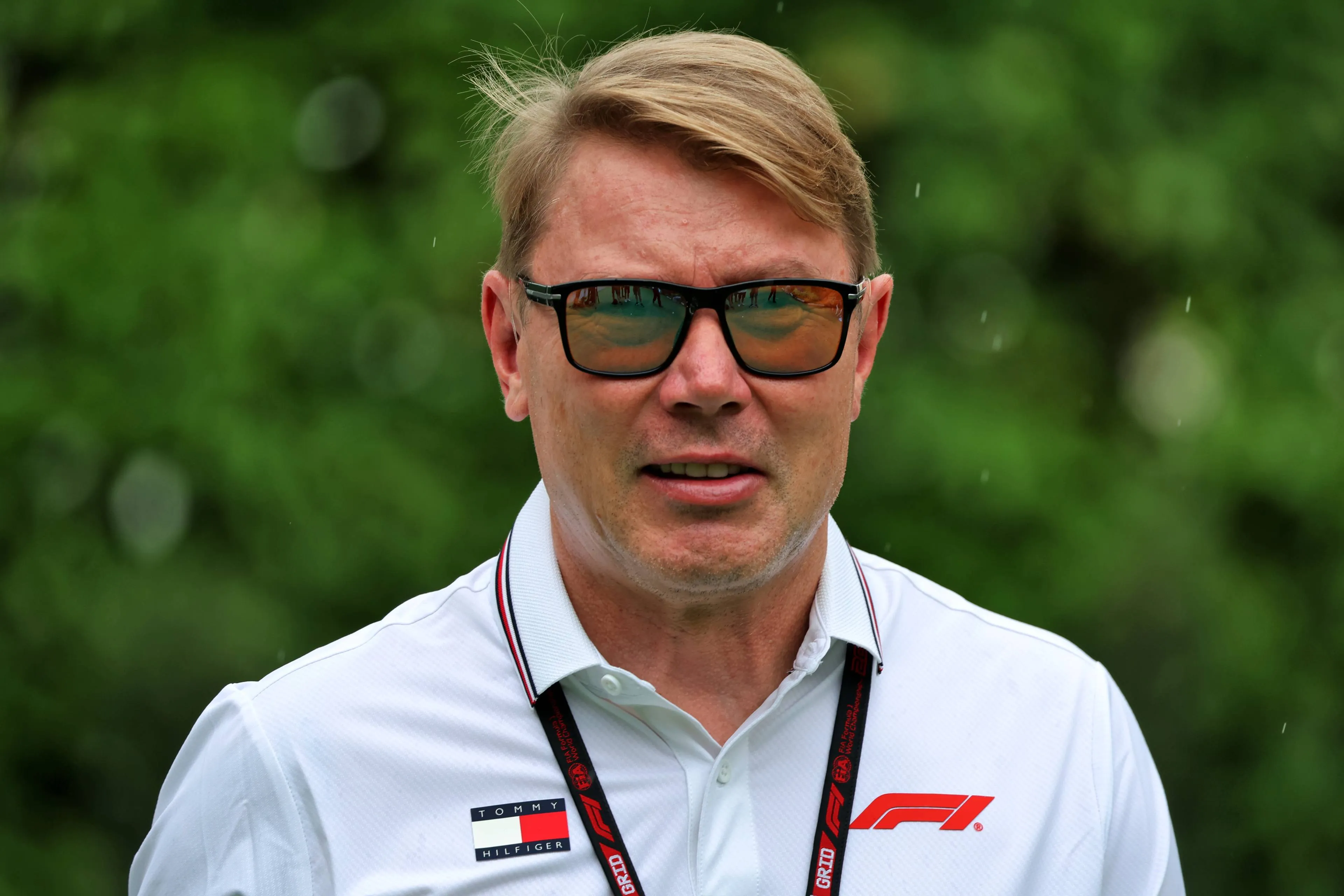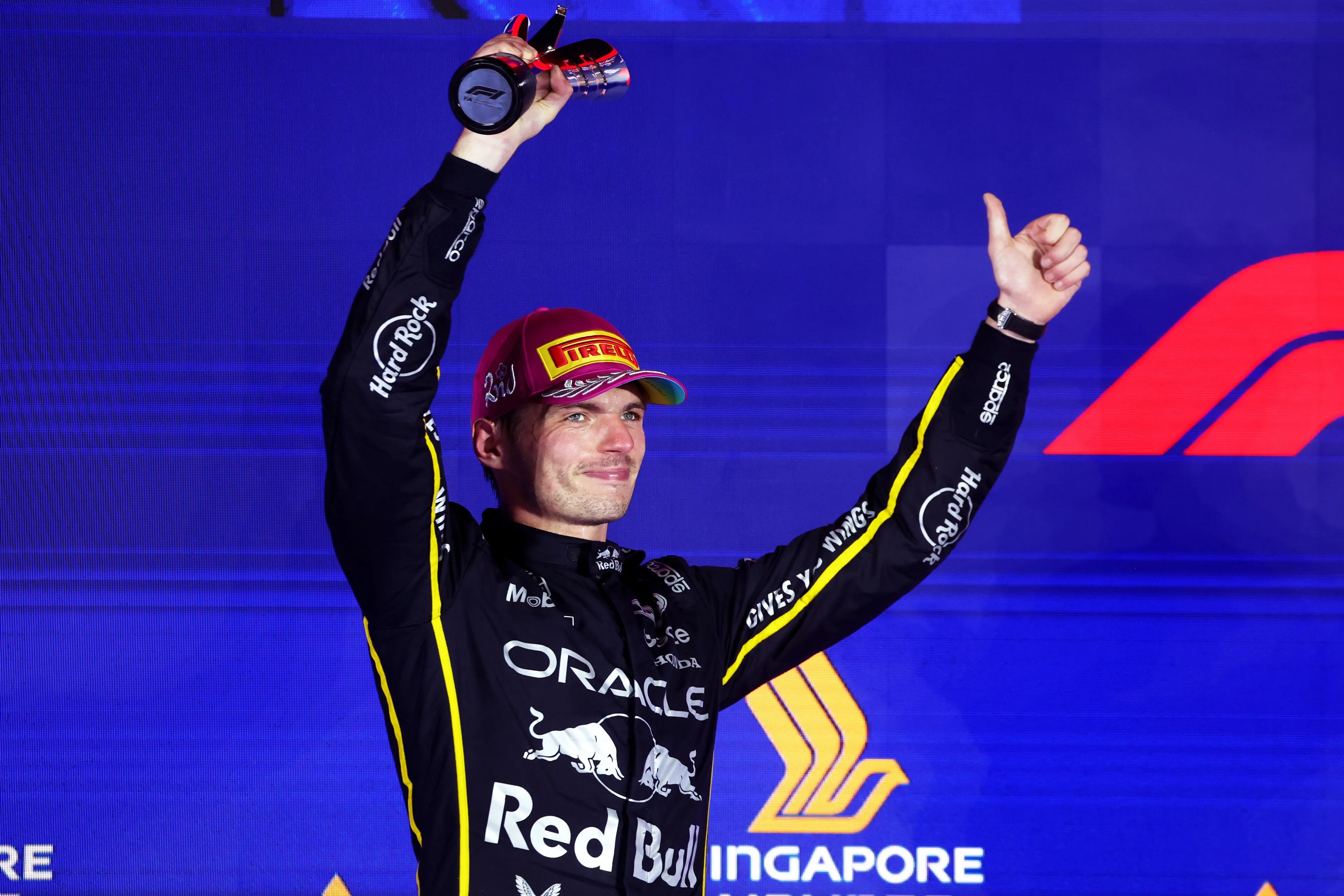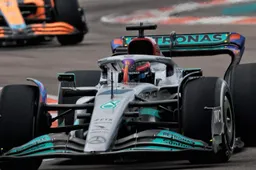The recent Miami Grand Prix presented a massive event, with a brand new race circuit as well as an impressive assortment of events for the spectators and celebrities in attendance. However, there is some thought that this level of marketing is unnatural for F1. Is it really that uncomfortable and will it continue into the future?
What happened?
The recent Miami Grand Prix presented F1 fans all over the world with an overblown spectacle surrounding a race weekend. It had everything from a live-streamed DJ & artist performances with drivers, all the way up to Pirelli NFL helmets on the podium. While the local crowd seemed to enjoy the grandness of the event, many fans were quick to express their displeasure at what they saw.
Miami isn’t the only place where these spectacles seem to occur. The US Grand Prix, held in Austin, Texas is always seen to be teeming with American celebrities and a grandiose festival atmosphere. With a concentration seeming to occur in the United States, many have begun to wonder as to why F1 seems to be enthusiastic about this level of hype, which seems to overflow the enthusiasm of the usual European races.
Why?
F1 has, for a long time, struggled to enter and retain a healthy following within the US market. This was primarily down to the farcical conundrum at Indianapolis's 2005 US Grand Prix, which saw only six cars race. Since then, the sport has been working to recuperate its fanbase, with current strategies such as the Netflix series Formula 1: Drive to Survive' as well as increasing its calendar to accommodate three races in the US. A solid payoff seems to be occurring, with high attendance figures at the yearly US Grand Prix at Austin and the recent Miami Grand Prix. The global motorsport is still working hard in an attempt to saturate the market and gain one more significant commercial stronghold.
Will it continue?
While F1 will continue to seek feedback from its broader international fanbase, the treatment is very unlikely to stop anytime soon. By providing a more customised and unique marketing strategy, the local spectators are much more enthusiastic about attending the event. By increasing this level of enticement, F1 can hope for returning audiences and a long-term interest in the sport. While the level of geographical marketing uniquity seems to be much higher than the European and Middle Eastern races, for example, it provides a customised feel. The glamour, fame and hype all brought to the circuits of Austin, Miami (and soon Las Vegas) will all help meet the goal of placing F1 as the biggest motorsport in the North American market.
Read more about:
Popular on GPBlog

1
Hamilton reunites F1 grid for drivers' dinner ahead of Abu Dhabi GP
6866 times read

2
The unexpected weather twist for the 2025 Abu Dhabi Grand Prix
2911 times read
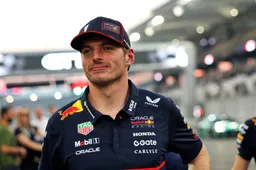
3
Verstappen speaks out strongly against online threats aimed at Antonelli
2564 times read
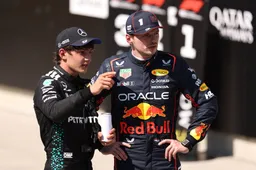
4
Antonelli reveals Verstappen’s strong message of support after online abuse
2209 times read
Loading


